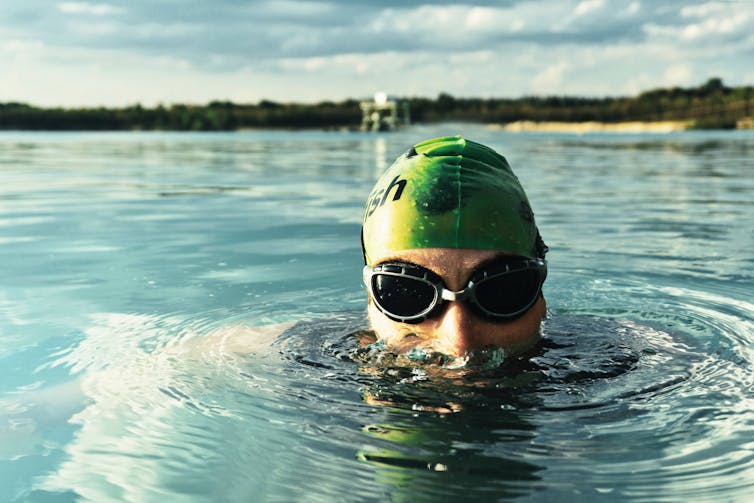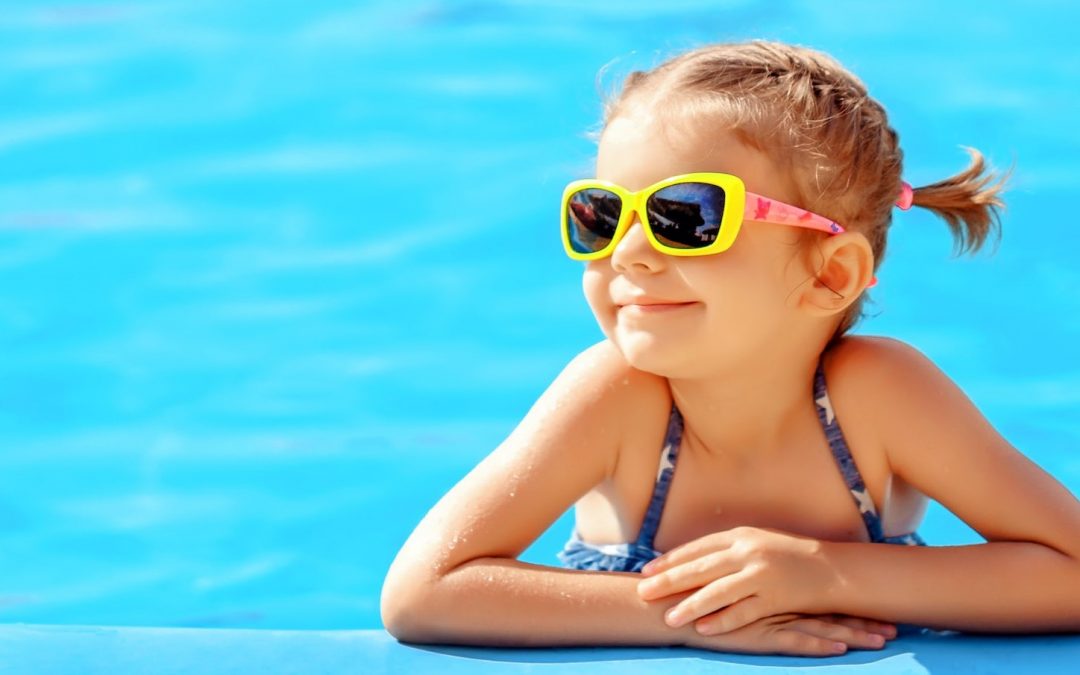At this time of year many of us are enjoying or about to enjoy holidays – day trips, the beach, the mountains, a change of scene.
Even if we don’t leave our home, summer brings with it a number of risks that can affect the health of our eyes and can spoil the season if we don’t adhere to a few basic rules and precautions.
Sun radiation: how to choose the right sunglasses
There’s no doubt that it’s essential to protect the skin with sunscreen whenever we are exposed to solar radiation. This is especially true in the summer when it tends to be more intense and lasts for longer each day. But we don’t always pay the same attention to our eyes.
More than just a fashion accessory, sunglasses are, above all, protection for our eyes. In addition, they also help us to take care of the skin that surrounds them, the thinnest and most delicate of the whole body.
So, sunglasses shouldn’t just look good. It’s also important to be aware of the three most important features we should look for in them:
- That they are approved and have passed all their components through the appropriate quality controls. The CE marking indicates that they have passed all the EU controls.
- That they filter the light we “can’t see”: ultraviolet (UV), the most harmful part of solar radiation. Sunglasses should be marked with an acronym followed by a number – for example, UV400 – indicating that they filter out all radiation likely to cause problems such as photokeratitis or photoconjunctivitis.
- That when using the sunglasses, sunlight doesn’t dazzle us – that is to say, that their lenses are more or less dark. A number code, from 1 to 4, indicates not only the darkness of the filter from lowest to highest, but also the activity for which it is indicated or contraindicated.
These three factors should always be conveniently marked on sunglasses if they are of high quality. That’s why it is important to buy them in establishments that offer this guarantee and have specialised personnel capable of indicating the right filter for our needs.
A walk in the countryside doesn’t require the same type of protection as a day at the beach or doing water sports. Finally, remember to protect children’s eyes, which are more delicate than those of adults, not only with hats or visors, but also with glasses with an appropriate filter and size.
Cold in, warm out: the fight against dry eyes
To cope with the high summer temperatures we look for places – at home, in the car, in a restaurant – that have air conditioning or fans. These create cool air currents, but they also dry out the environment and, therefore, the surface of our eyes.
To see well and avoid discomfort, we need the ocular surface to be covered and moistened by tears. A good recommendation is to stand far away or, at least, not to expose ourselves directly to the grids through which these devices expel cold air. This will help to minimise the sensation of discomfort and grit that dry eyes produces and reddening of the eyes. In addition, this situation can be especially annoying if we wear contact lenses.
Outdoors, high summer temperatures can also cause this uncomfortable sensation – even more so if the air is dry. We can try to alleviate the problem with eye drops, which Moisturise and lubricate. They aren’t a lot like natural tears but they will help alleviate discomfort. Their components, such as popular ingreditent hyaluronic acid, create a thin layer of moisture that remains for some time on the surface of the eye.
We can use drops whenever we want them but the more we need them, the more important it is to choose preservative-free products. And if we use contact lenses, we should make sure that any drops we use are compatible with the material the lenses are made of, so that they do not stain or colour them. In any case, the optometrist or pharmacist will be able to recommend the most appropriate options.
Chlorine, salt and microbes: underwater hazards
Water from the sea, rivers or swimming pools presents a significant risk of irritation or infection if it enters the eyes. That is why we must protect them from chlorine or salt, which cause itching, burning or redness, and from microorganisms that can generate dangerous infections such as keratitis or viral or bacterial conjunctivitis.
The way to prevent it is not to put your head or open your eyes under water and if we do, use swimming or diving goggles. These must be properly approved for the activity to be performed and, if necessary, they can be fitted with your prescription.

And what if I wear contact lenses?
In summer, contact lenses can pose an additional risk: never swim with them in a river, swimming pool or the sea. In fact, any situation in which water can enter the eye, such as taking a shower, is not recommended.
Irritating substances (chlorine, salt, etc.) and microorganisms present in the water can become trapped in the lens or between the lens and the eye, causing greater or longer-lasting discomfort and also increasing the risk of infection.
One of the most dangerous pathogens is the protozoan Acanthamoeba, which is frequently found in water. In 90% of the cases in which they cause infections (few, fortunately), these affect people who use contact lenses. This is especially striking when using soft ones and avoiding following its proper use and hygiene advice.
So it is best to go to the beach or pool without contact lenses and using prescription glasses suitable, either to protect us from the sun’s rays –in the case of sunglasses– or for swimming, if we want to see well under water –in the case of goggles–. Keeping our delicate eyes safe should always be a priority, especially in summer.
Source: The Conversation
Director and Adjunct Professor of the Degree in Optics and Optometry, CEU San Pablo University.


